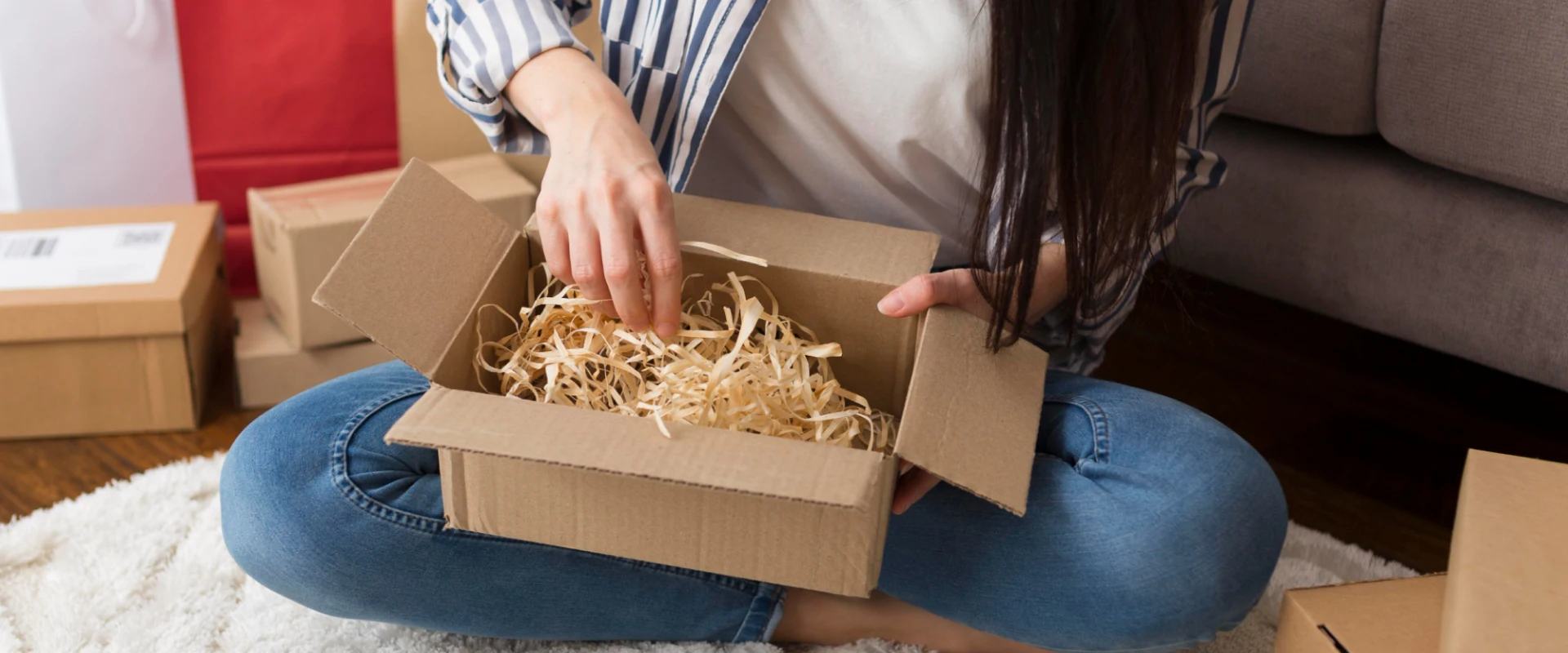Packing fragile items can be a nerve-wracking task. Whether you’re moving to a new home or shipping products to customers, ensuring that delicate items arrive safely is crucial. Here are some essential tips for packing fragile items in boxes to minimize the risk of damage.
-
Gather the Right Supplies
Before you start packing, make sure you have the following supplies:
- Sturdy Boxes: Choose high-quality, durable boxes that can withstand the weight and handling.
- Bubble Wrap: Ideal for wrapping individual items to provide cushioning.
- Packing Paper: Use packing paper to wrap items and fill empty spaces.
- Foam Peanuts or Packing Peanuts: These help to fill voids and provide additional protection.
- Packing Tape: Ensure your boxes are securely sealed.
- Labels: Mark your boxes as “Fragile” to indicate that they should be handled with care.
-
Choose the Right Box Size
Selecting the appropriate box size is crucial. A box that is too large may cause items to shift, while a box that is too small might not provide enough cushioning. Aim for a box that leaves a couple of inches of space around each item for padding.
-
Wrap Each Item Individually
Wrap each fragile item individually using bubble wrap or packing paper. Secure the wrapping with tape to ensure it stays in place. For extra protection, consider double-wrapping particularly delicate items.
-
Use Cushioning Material
Line the bottom of the box with a layer of cushioning material such as foam peanuts, crumpled packing paper, or bubble wrap. Place the wrapped items inside the box, ensuring that there is adequate cushioning between each item and the box walls.
-
Fill Empty Spaces
Fill any remaining empty spaces in the box with packing peanuts or crumpled paper. This prevents the items from shifting during transit. Ensure that there is cushioning on all sides, including the top and bottom of the box.
-
Seal the Box Securely
Once all items are packed and the empty spaces are filled, seal the box securely with packing tape. Reinforce all seams and edges to prevent the box from opening during transit. For added security, consider using heavy-duty or reinforced packing tape.
-
Label the Box
Clearly label the box as “Fragile” on all sides to indicate that it contains delicate items. This will alert handlers to take extra care when moving and stacking the box. Additionally, include handling instructions if necessary, such as “This Side Up” or “Handle with Care.”
-
Consider Double Boxing
For extremely fragile items, consider double boxing. Place the item in a smaller box, then pack that box inside a larger one with additional cushioning material between the two boxes. This provides an extra layer of protection.
Conclusion
Packing fragile items requires careful planning and the right materials to ensure they arrive safely at their destination. By following these tips, you can minimize the risk of damage and ensure your delicate items are well-protected during transit.
For a wide range of high-quality boxes and packing supplies to suit all your needs, visit NTXSupply.com. NTX Supply offers durable and customizable packaging solutions to help you pack your fragile items with confidence.

